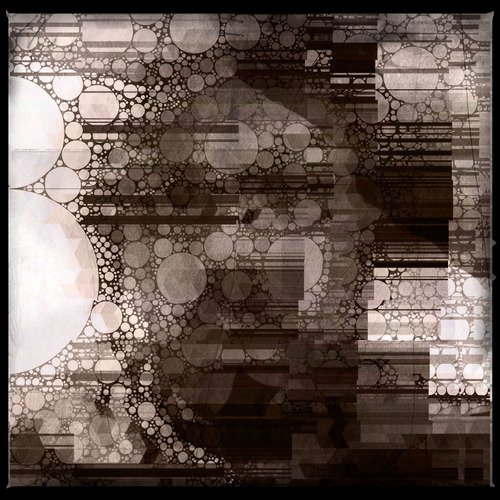Why Do Geisha Wear White Makeup and Wigs?
Geisha makeup is a strange thing. On one hand, it unquestionably looks beautiful on them. On the other hand… it looks strange. Why the white powder? Why the huge wigs?

This is on my mind because I just somehow stumbled across a video showing two geisha applying their makeup from start to finish. I can’t remember ever searching for anything geisha-related before, so I have no idea how or why this showed up in my suggested list. The algorithm works in mysterious ways. But I’m glad it did, because this is pretty cool.
Watch it here, then return for some comments on those whys I mentioned above:
Pretty interesting, eh? I think @koto-art has mentioned being interested in this kind of thing before, so she might like this.
As to the whys, well we’ll start with the hair first.
The Hair
The style geisha wear was the cool thing for unmarried women to wear in the late Edo period (1603–1868). That style was called the shimada (島田), if you’re curious. It became the standard look for geisha in the late Edo and early Meiji periods, when the geisha profession crystallized into its modern form. Especially as Japan turned more and more toward Western hairstyles, geisha retained this older style as a marker of classical Japanese art and values.
As elaborate as it looks, it was originally considered fairly simple. Courtesans (oiran, 遊女) wore far more elaborate hairstyles with excessive ornamentation. Geisha, in contrast, wanted to appear simplified and refined — more artistic than sensual.
Only geisha wear wigs. Apprentice geisha (maiko) have to style their own hair, which is a lot of work. Once they graduate to geiko (fully-fledged geisha) they typically switch to a wig just because it’s easier and faster.
The White Powder
So why white?
For one, white skin was considered a sign of beauty, refinement, and high status in classical Japan, especially among the upper classes. This idea still lingers today, but it was even stronger in the past.
Second, the white face creates a blank canvas on which to paint a new face, helping to emphasize facial features. This is similar to a kabuki actor. They are painting themselves a new face for their artistic role.
But there’s also a more practical reason. Historically, geisha worked at night in dimly lit areas. The stark white makeup made their faces more visible and expressive in the low light, helping to emphasize gestures and features.
Maiko wear very dramatic white makeup — really going overboard to some degree, looking more like dolls than people. Junior geiko still wear white makeup, but they tone it down into something much more refined and elegant, as you see in that video above. Senior geiko usually stop wearing it, except for select highly formal occasions.

So there you go — probably more than you even wanted to know about geisha. Any questions?
❦
 |
David is an American teacher and translator lost in Japan, trying to capture the beauty of this country one photo at a time and searching for the perfect haiku. He blogs here and at laspina.org. Write him on Mastodon. |
You received an upvote of 100% from Precious the Silver Mermaid!
Please remember to contribute great content to the #SilverGoldStackers tag to create another Precious Gem.
Keeping the old hairstyle despite changing fashion and new styles shows a strong attachment to tradition and classic Japanese art.
Interesting, but what exactly is a Geisha? I mean, I know what it is in general, but what was the historic purpose and what is the current one?
Basically a very high-end professional artist entertainer. They play the shamisen, do dances, recite poetry and very old classical literature, serve tea, and overall set up an artistic mood. Basically something that rich people hire to provide a feeling of wealth, culture, and refinement to dinners they host.
Ah okay. That makes sense. Thank you! :)